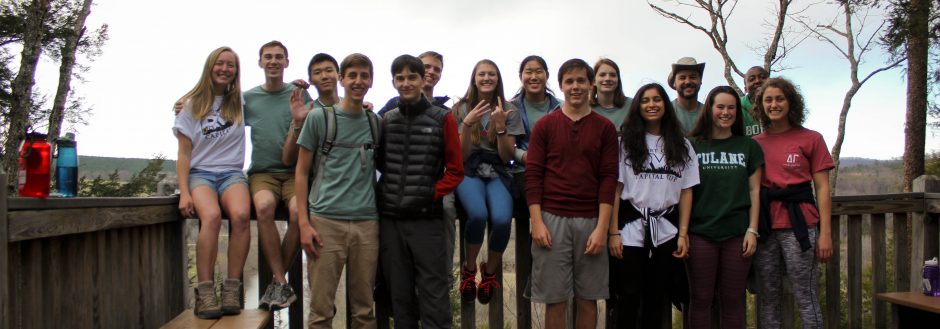During the rafting session on Friday, our coach, Ty, demonstrated how to alter the raft’s direction using strokes and empowered Mairin to take on his role for a while to give instructions and change the raft’s direction. His action reminds me of one of the essential elements of transformational leadership that I learned in my organizational behavior class: inspirational motivation. A transformative leader inspires followers to take action to work toward the goal. Likewise, a successful environmental leader, especially leaders from environmental organizations, can empower the community to protect the environment by instilling a sense of stewardship over environmental actions.
How would an environmental leader empower community members to take collective action toward sustainability goals? An environmental leader can enhance their commitment by increasing awareness of the issues, encouraging members to explore parks and green spaces, and organizing volunteer events. A good example of raising environmental awareness is how the James River Association Education Center organizes regular learning sessions for students of all grades to learn about the state of the James, native and invasive species, and the organization’s goal and best management practices for the James River Park System. In the first observation log, I discussed how successful environmental leadership involves providing a platform for people to learn about their place, including its nature and history, and thus develop a sense of place. Indeed, by delivering scientific knowledge, reconnecting community members to nature, and introducing them to volunteer programs, a leader can motivate followers to take small, constructive actions to transform the place and realize the sustainability vision.
The improved water quality of the James River from D to B in recent decades demonstrates the extraordinary leadership of environmental organizations and the active participation of the community in restoring habitats and reducing pollutants from entering the waterways. The City of Richmond has also tried to address the environmental justice issue and improve socioeconomic and racial equity in access to a healthy environment by renovating the houses and building more parks and green spaces in the poor communities. By organizing more events for the public to learn about these environmental issues and encouraging participation in volunteer opportunities, we can instill environmental stewardship in new generations and achieve the vision of a sustainable river city.
